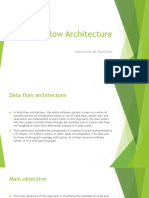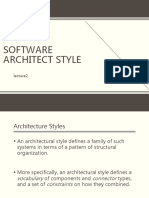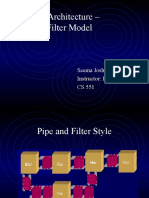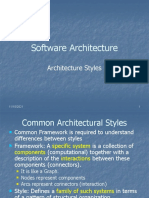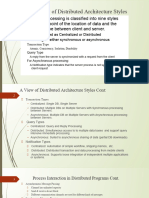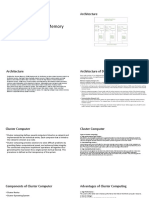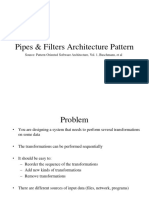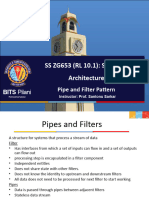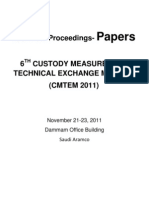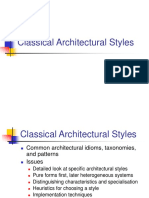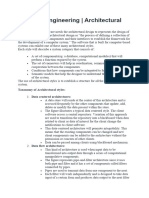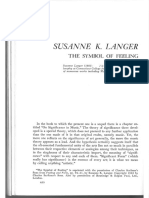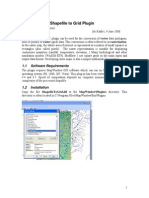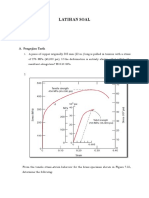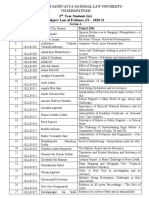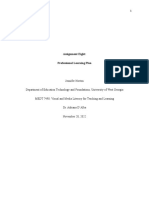0% found this document useful (0 votes)
31 views20 pagesLecture 6 - SDaA
Uploaded by
qg6rtwm8f2Copyright
© © All Rights Reserved
We take content rights seriously. If you suspect this is your content, claim it here.
Available Formats
Download as PPT, PDF, TXT or read online on Scribd
0% found this document useful (0 votes)
31 views20 pagesLecture 6 - SDaA
Uploaded by
qg6rtwm8f2Copyright
© © All Rights Reserved
We take content rights seriously. If you suspect this is your content, claim it here.
Available Formats
Download as PPT, PDF, TXT or read online on Scribd
/ 20
